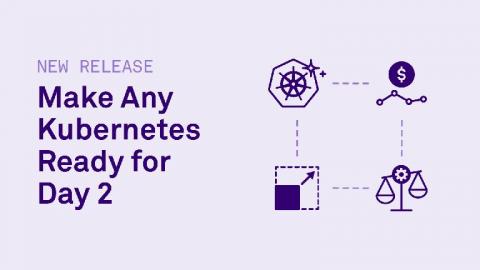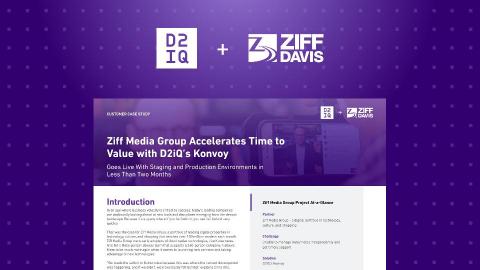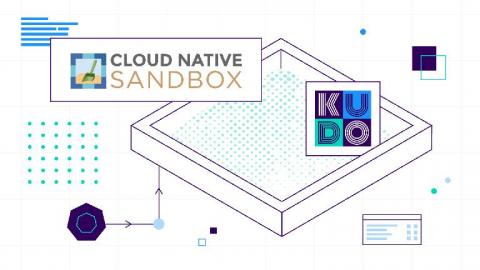Stabilizing Marathon: Part III
So far we covered team culture which amplifies our code culture and design. It was kind of abstract so far and you’ll be forgiven if you skipped right a way to this part. I will cover our test and release pipeline, the thing that probably has had the biggest impact on Marathon’s stability. The pipeline enabled us to discover issues before our users did. I will first give an overview of the pipeline stages and dive deep into the Loop. You will soon see what I meant by that.










